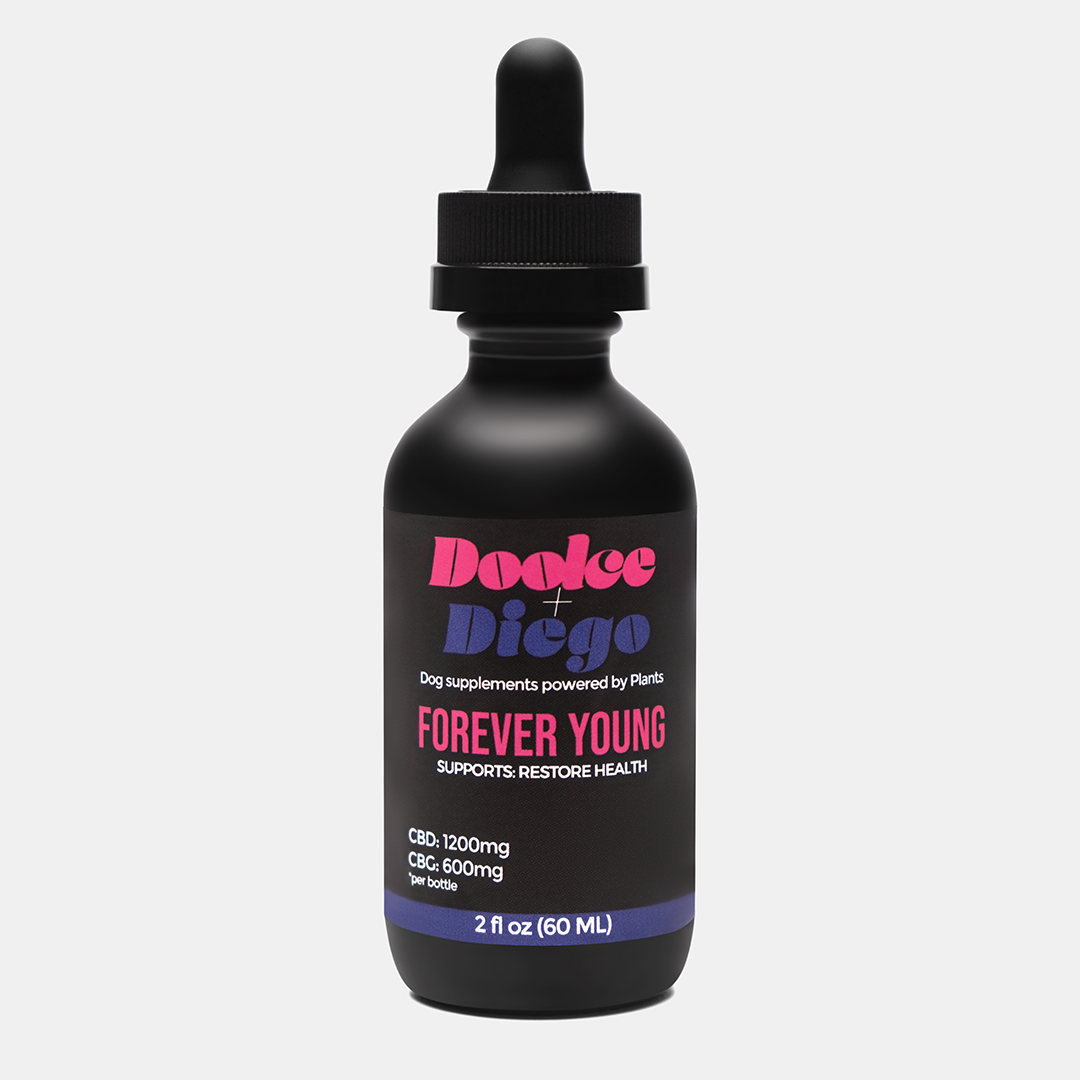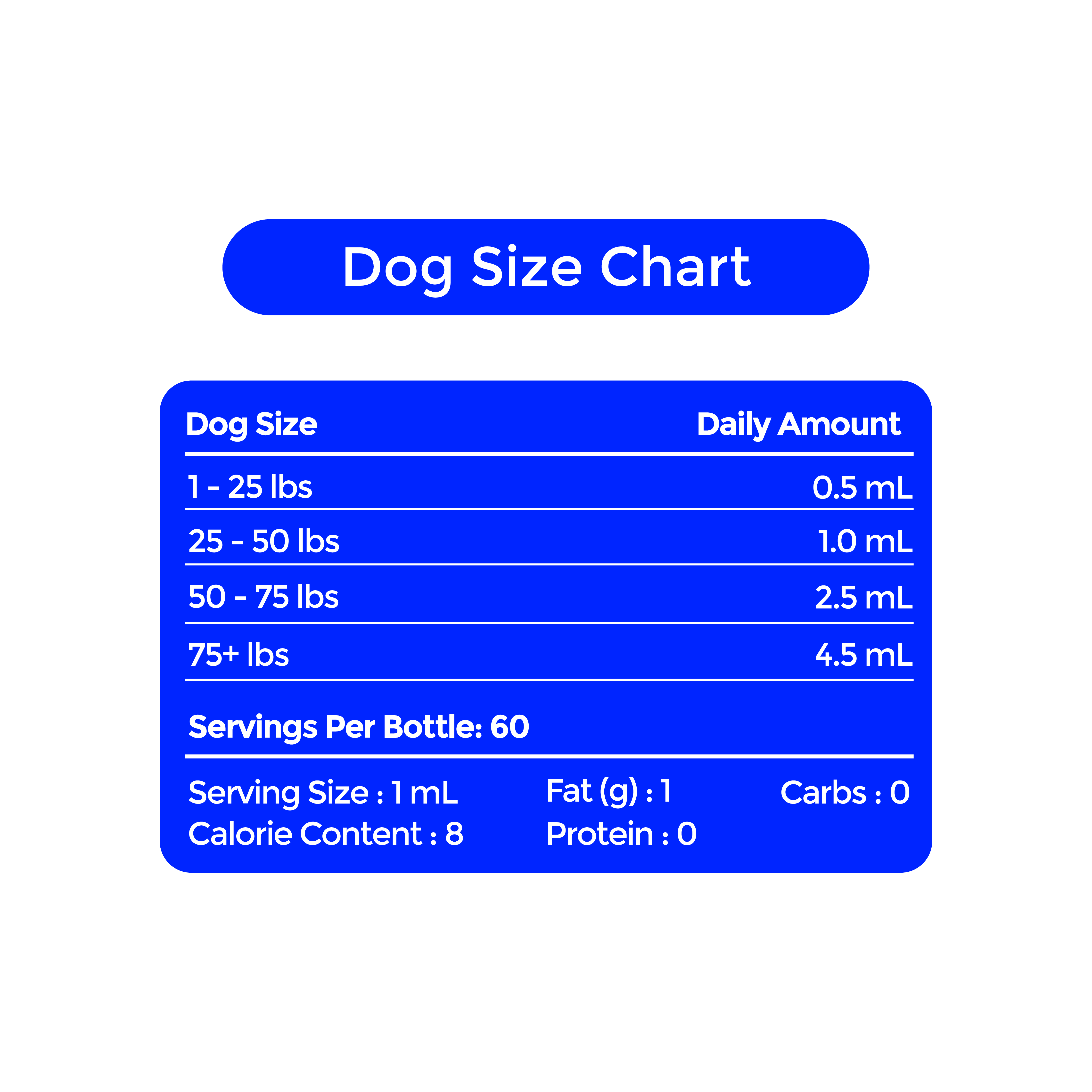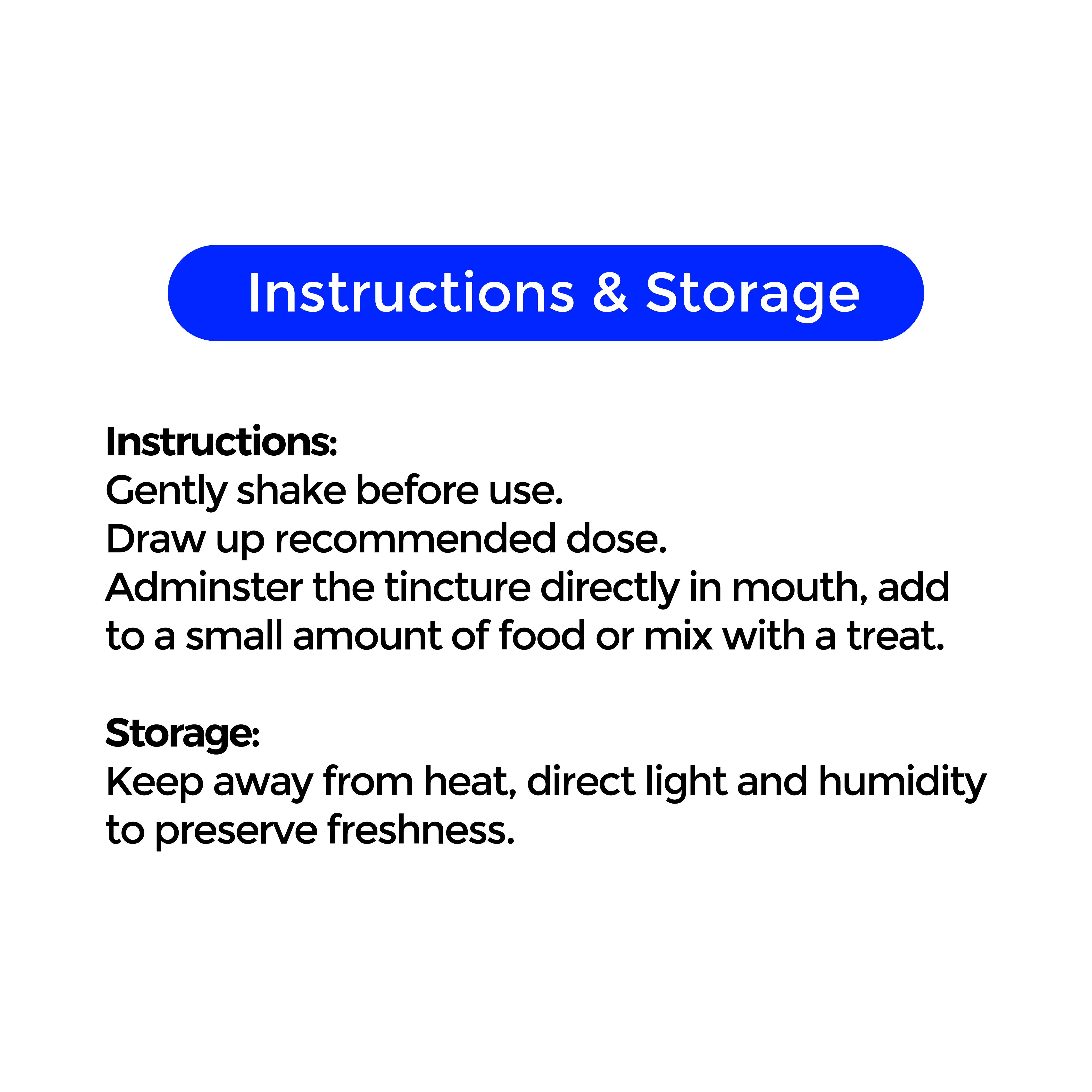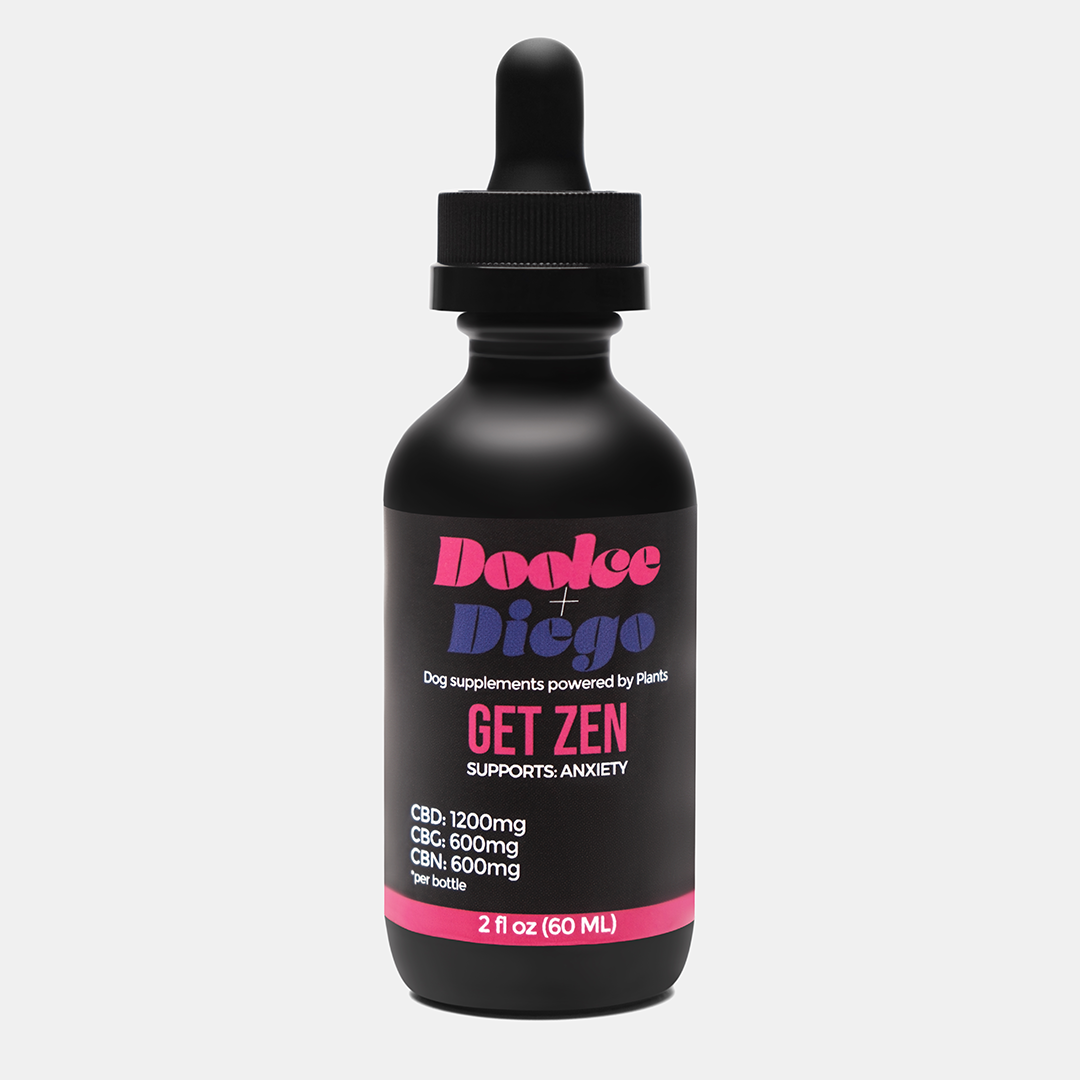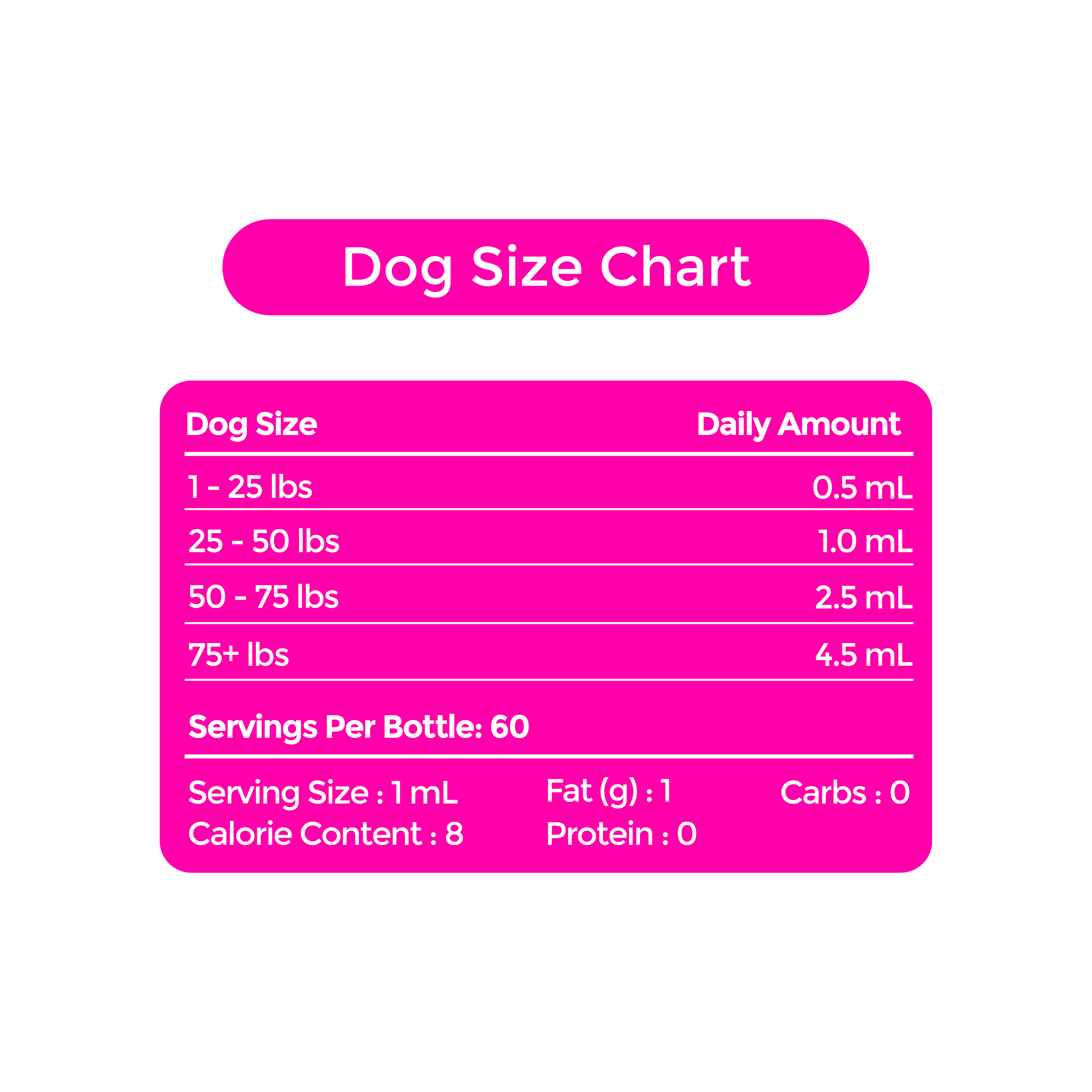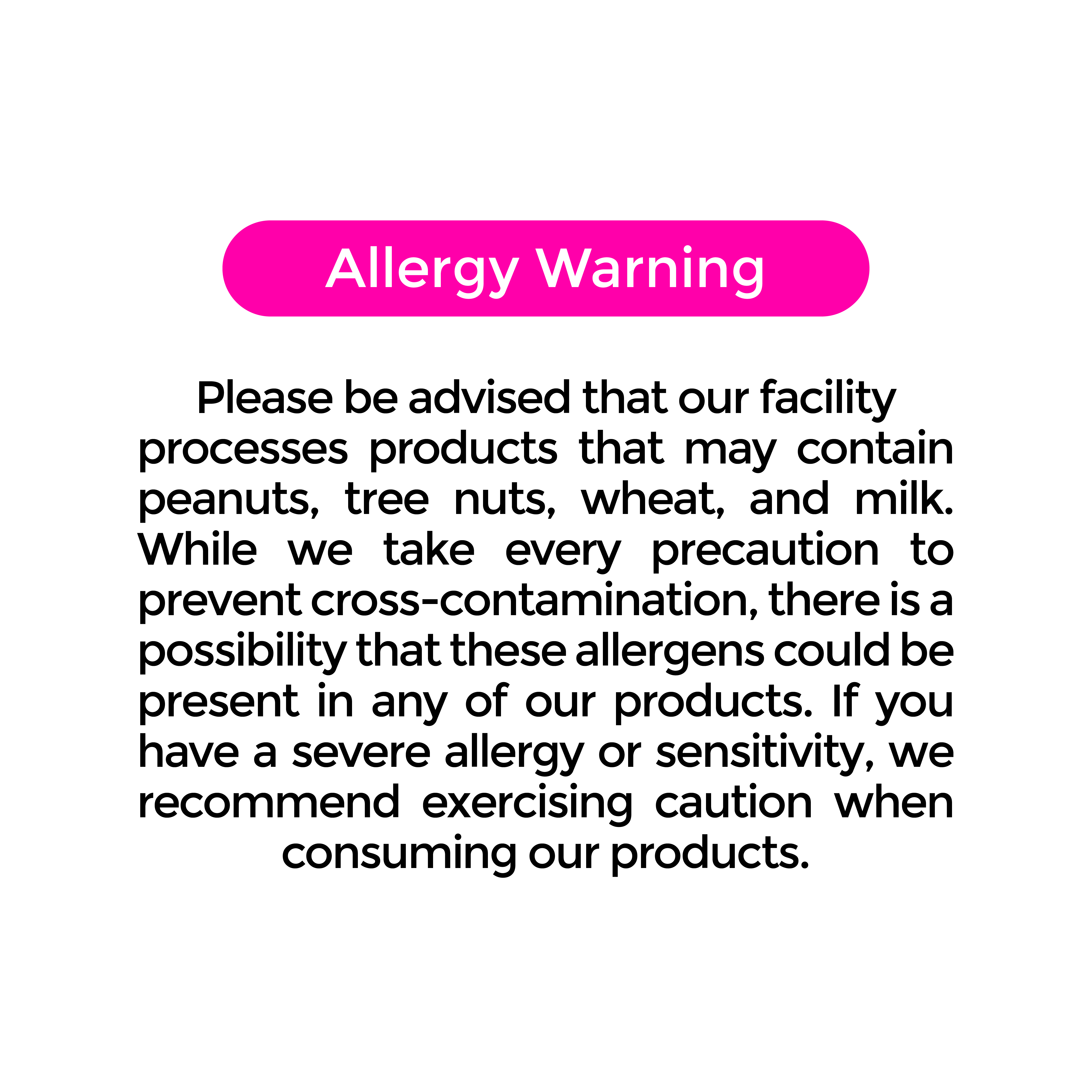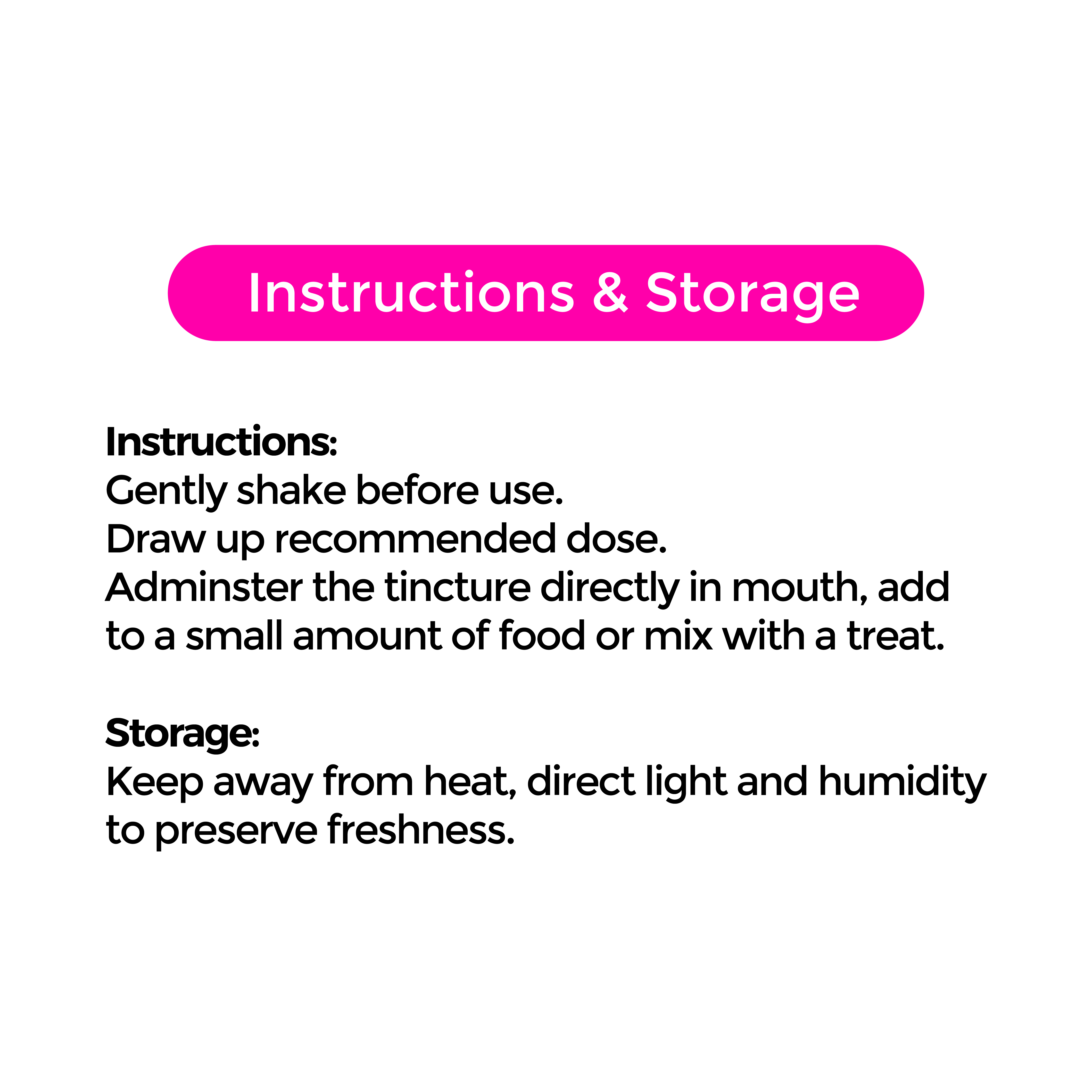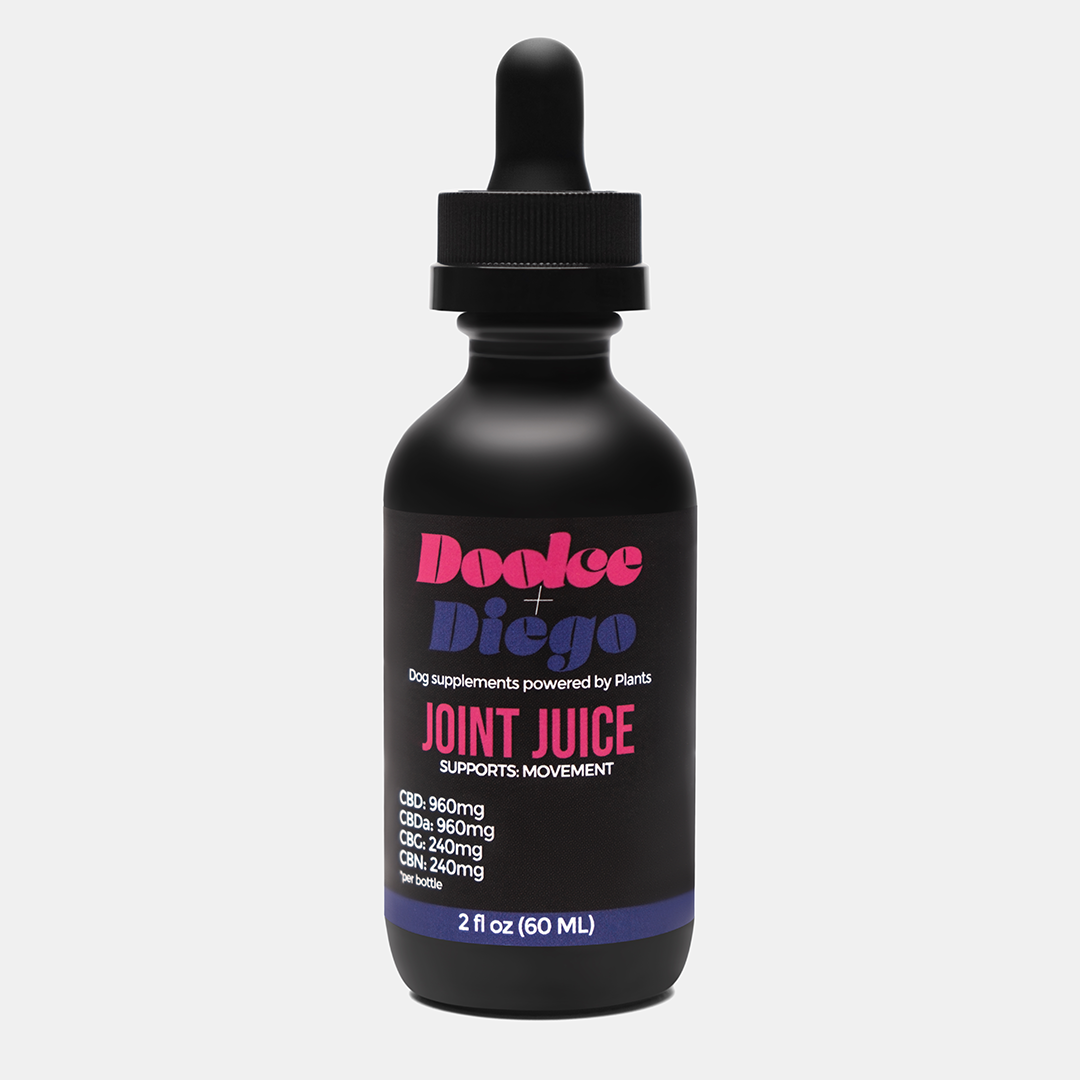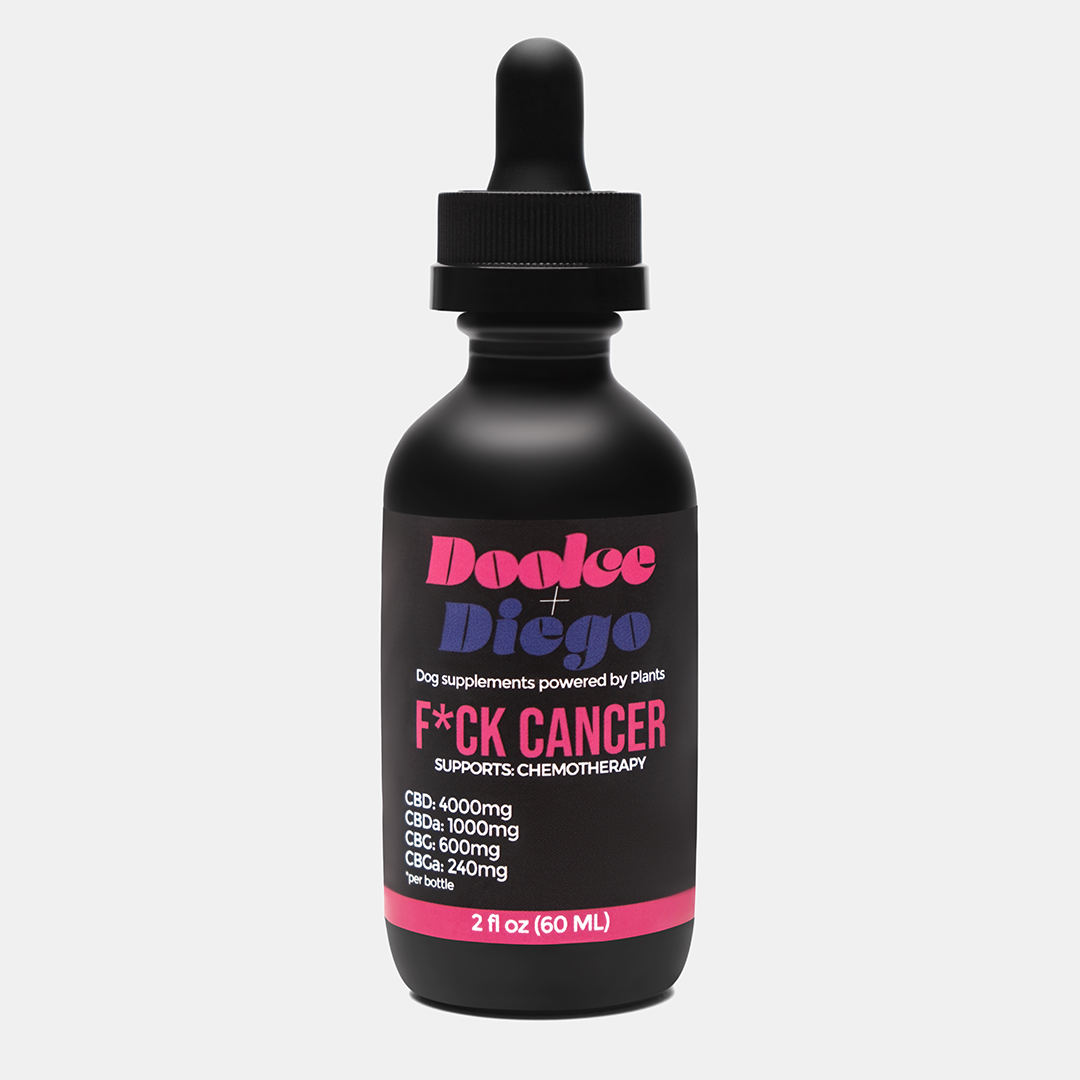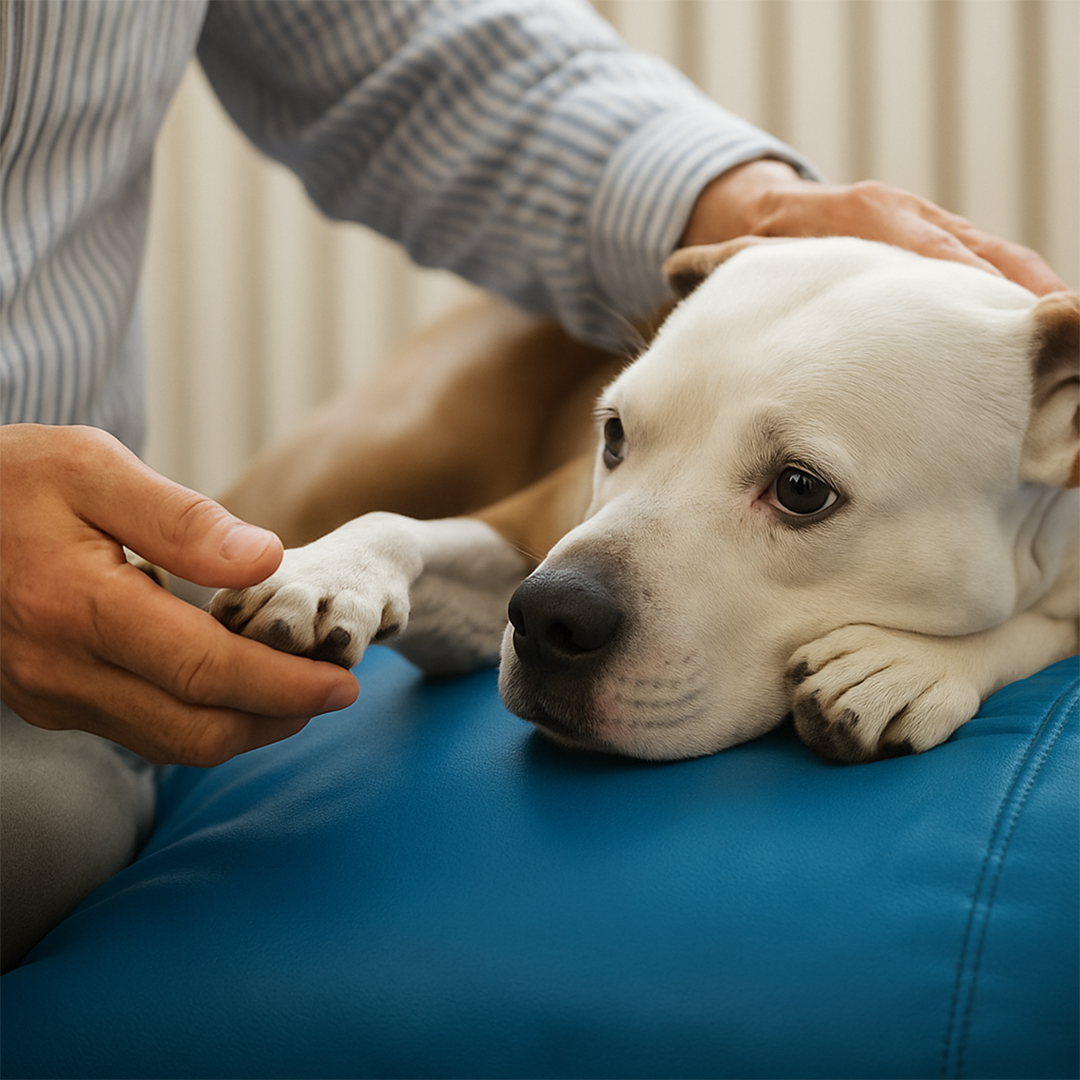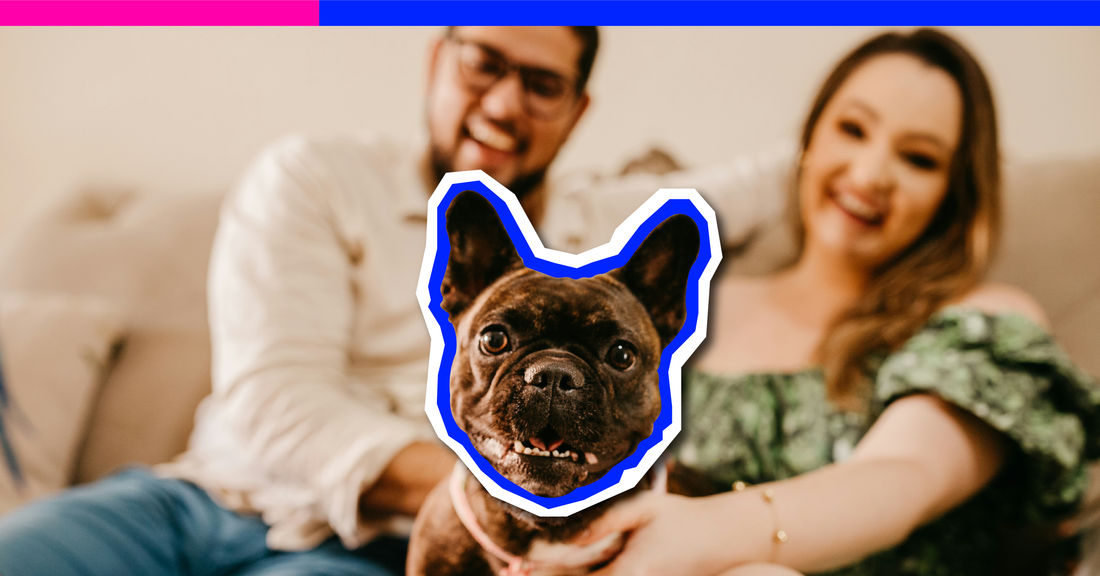
Who Keeps the Dog? The Rules of Engagement for Pet Custody After a Breakup
Breaking up is tough, and when there’s a dog in the mix, it’s even tougher. Your pup isn’t just a pet—they’re family. But when the relationship ends, the question arises: who keeps the dog?
While the courts may view your dog as “property,” any pet parent knows that this is an emotional, heart-wrenching decision that can’t be made lightly. To help navigate this tricky situation, here’s a guide to the rules of engagement when determining who gets the dog after a breakup.
1. Put the Dog First
At the core of any pet custody decision should be one priority: what’s best for the dog?
Consider factors like:
- Stability: Which partner can provide a consistent and stable home environment?
- Lifestyle: Who has the time, energy, and resources to meet the dog’s needs?
- Bonding: Is the dog more attached to one partner, and how will separation affect them emotionally?
Your dog’s well-being should guide the discussion, even if emotions are running high.
2. Review Ownership Details
Sometimes the decision comes down to the technicalities of ownership:
- Who Purchased the Dog? If one partner bought the dog, they may have a stronger legal claim.
- Registration and Microchip Records: If the dog is registered or microchipped in one partner’s name, that could influence the decision.
- Financial Records: Who has been responsible for vet bills, food, and other expenses?
While these details may not tell the whole story, they can provide clarity in legal disputes.
3. Consider Shared Custody
If both partners are equally invested in the dog’s life, shared custody may be a workable solution.
- Split Time: Create a schedule that allows the dog to spend time with both partners, such as alternating weeks or weekends.
- Financial Agreement: Decide how to split expenses like vet bills, food, and grooming.
- Consistency: Ensure both homes provide a similar routine to avoid confusing or stressing your dog.
Shared custody requires clear communication and mutual respect, so it may not work in all cases.
4. Avoid Using the Dog as Leverage
In the heat of a breakup, it’s easy to let emotions take over—but don’t let your dog become a pawn in arguments or negotiations. Using them as leverage to hurt your ex not only damages your relationship but can also negatively impact your pup’s well-being.
Focus on their needs, not on scoring points.
5. Plan for the Long-Term
Think beyond the immediate aftermath of the breakup and consider long-term factors:
- Future Moves: If one partner is likely to move frequently or live in places that don’t allow pets, they may not be the best option.
- Financial Stability: Dogs are a financial commitment. Ensure the chosen pet parent can cover vet bills, food, and unexpected costs.
- Lifestyle Changes: If one partner has a demanding job or plans to travel frequently, they may struggle to meet the dog’s needs.
Planning for the future ensures your dog has a happy, stable life for years to come.
6. Seek Mediation or Legal Advice
If you can’t come to an agreement, consider involving a mediator or even legal counsel.
- Mediation: A neutral third party can help facilitate a fair discussion and resolution.
- Legal Action: As a last resort, the courts can decide based on ownership and financial records. Be prepared, though—this can be a lengthy and emotionally draining process.
7. Remember, It’s About Love
At the end of the day, this decision isn’t about winning or losing—it’s about what’s best for the dog. While it may be heartbreaking to part ways, knowing your dog is in a loving, stable environment should bring you peace.
If you’re not the one keeping the dog, consider asking for updates, photos, or occasional visits to stay connected, as long as it’s healthy for everyone involved.
Breaking up is never easy, but when there’s a dog involved, the stakes are even higher. By focusing on your pup’s needs, being honest about what you can provide, and communicating openly, you can navigate this challenging situation with grace and care.
Because at the end of the day, your dog deserves the best life possible—and it’s up to both of you to make sure they get it.


